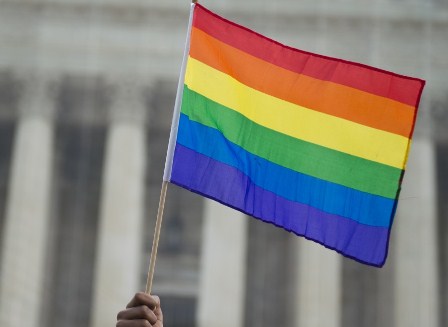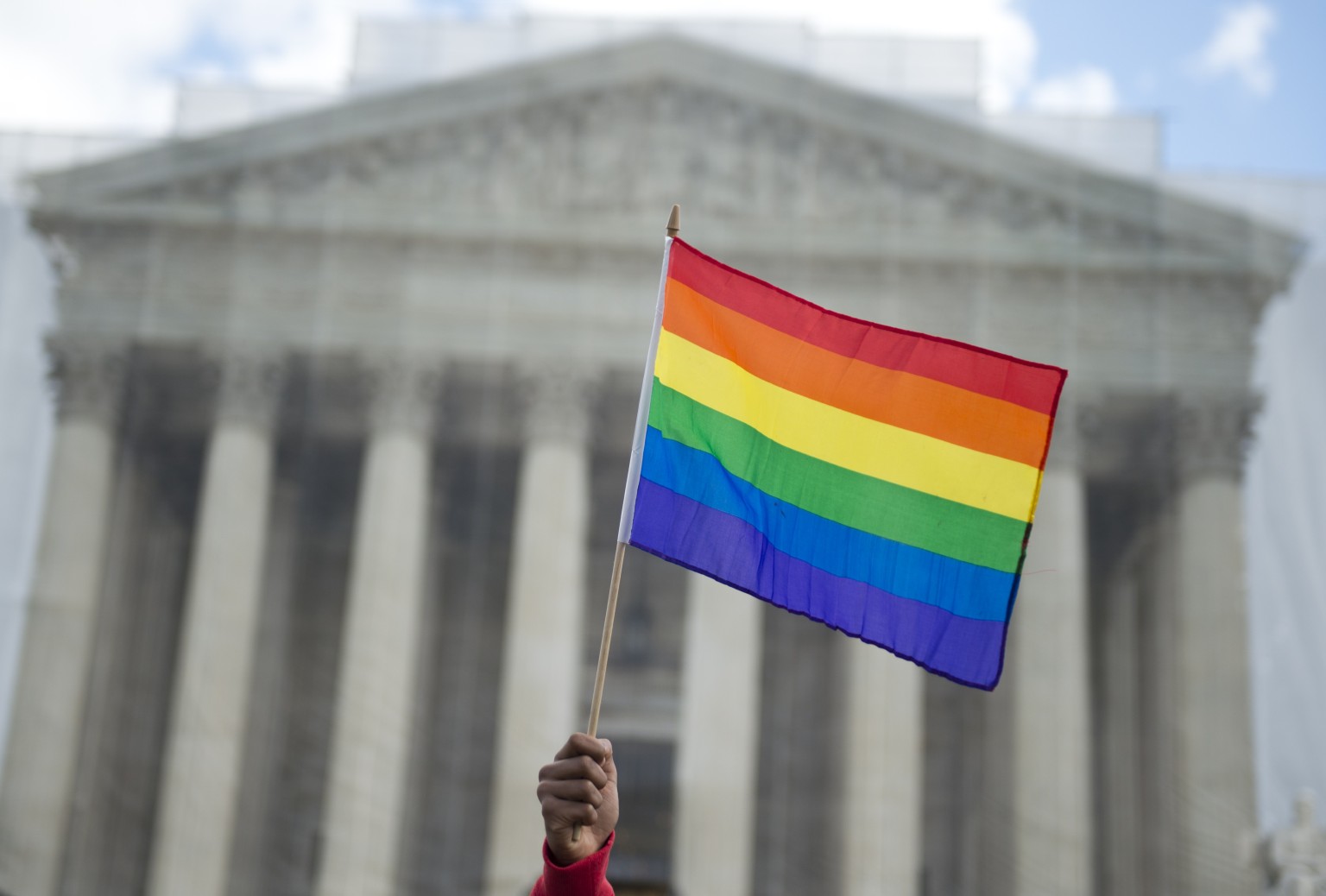
Gay marriage: Reading between the lines
MIAMI – The Supreme Court made a historic ruling last month when it declared unconstitutional the Defense of Marriage Act (DOMA) – the law passed by Congress and signed by George W. Bush that until now invalidated gay marriages even in the twelve states where such marriages are legal.
Still we must maintain a clear perspective regarding the limits of prevailing in any given battle, however important. The Supreme Court decision did not legalize gay marriage in the United States. Hewing to the almost invariably reactionary doctrine of states’ rights, it merely affirmed that it is unconstitutional for the federal government to intrude into the right of a state to define the marriage laws, including the right of a state to recognize gay marriage.
Thus the scope of this decision falls considerably short of the truly far-reaching twentieth century human rights rulings, such as Brown (1954), which outlawed segregation throughout the nation, Loving (1967), which barred any state from outlawing interracial marriage, and Roe (1973), which made abortion legal in all states.
And yet the outcome sparked ecstasy among gay activists and their supporters from coast to coast, including many celebrities. Even President Barack Obama weighed in with a congratulatory phone call to the two California women who brought the successful suit that undid DOMA.
The celebratory mood was amply justified. The landmark 5-4 decision by the rightist Roberts Supreme Court is a significant blow, although hardly the definitive one, against the systematic repression, persecution, and discrimination that has been practiced against gays and lesbians for centuries, even in countries like the United States that claim to be standard-setters on human rights. The win was made all the sweeter when the Supreme Court denied an emergency injunction filed by California opponents of gay marriage to stop the state from issuing marriage licenses to gay couples.
Specifically, the court action means gays and lesbians can marry (and derive all of the rights and benefits of such a status) in a dozen states that together account for about 40 percent of the U.S. population. Moreover, the victory comes in the wake of a spate of positive developments in the fight for gay rights, including the end of the infamous “don’t ask, don’t tell” policy in the military and the approval of gay marriage in a growing number of states.
The change has come fast. It was only a few years ago that Obama “evolved” his stance from “marriage is between a man and a woman” to his current wholehearted support for the right of gays and lesbians to wed. The reaction of the gay community to Obama’s conversion has been gracious and politically savvy: “Thank you, Mr. President.” Aware that there are many more battles ahead in which the support of the administration could be critical, no one seemed inclined to irreverence, as in: “Barack, you’ve come a long way, baby.”
A favorite whipping-boy of the right-wing, the late community organizing guru Saul Alinsky, wrote that to maintain momentum movements must obtain and celebrate even small victories. And this was no small one.
But the recent Court decision leaves gay couples in 60 percent of the country no better than before. Most of these live in states in which reactionaries control the governor’s office and the state legislature. Moreover, in most cases the political elites’ opposition to gay marriage mirrors the feelings of the electorate, as expressed in numerous referendums. Thus, after the death of DOMA, gay marriage in the United States is still a right only for a minority.
In fact, by basing its decision on states’ rights, the Supreme Court may have come up with an authentically Machiavellian solution intended to satisfy both the antediluvian ideology of the Court’s majority and the evident change in public attitudes, especially in urban states and among the rising generations, toward acceptance of gays.
The reasoning is straightforward. If it is unconstitutional for the federal government to prohibit a state from allowing gay marriage, it follows that it should be equally unconstitutional for the federal government to require a state to recognize gay marriage the way the civil rights laws of the 1960s compelled states to implement equal rights in voting and public accommodation. Thus while reaping a public relations bonanza with its liberal decision on gay marriage, the Supreme Court built a legal firewall to defend the holdouts – which number three times the number of states as those who allow gay marriage – against attempts by the federal government to ensure marriage equality throughout the country.
So, no, the Roberts Court has not changed its stripes, despite some surprisingly sensible decisions, such as on DOMA, on banning the patenting of genes and on allowing affirmative education in higher education to continue to exist, albeit in a denatured form. As Professor David Coles, professor of constitutional law and criminal justice at Georgetown University Law Center wrote in the Washington Post: “The underlying theme of the Supreme Court’s term was not the recognition of rights, but their dilution. Time and again, in closely divided decisions on issues as disparate as antitrust law, privacy and discrimination, the court either watered down rights or made it difficult or impossible to enforce them effectively.”
Make no mistake. Most of the Supremes are not our friends. While they do perceive the tenor of our times and make some tactical adjustments to maintain legitimacy, especially on cultural issues such as gay marriage, on the core issues of money and power, their modus operandi of privileging the privileged remains unchanged.



